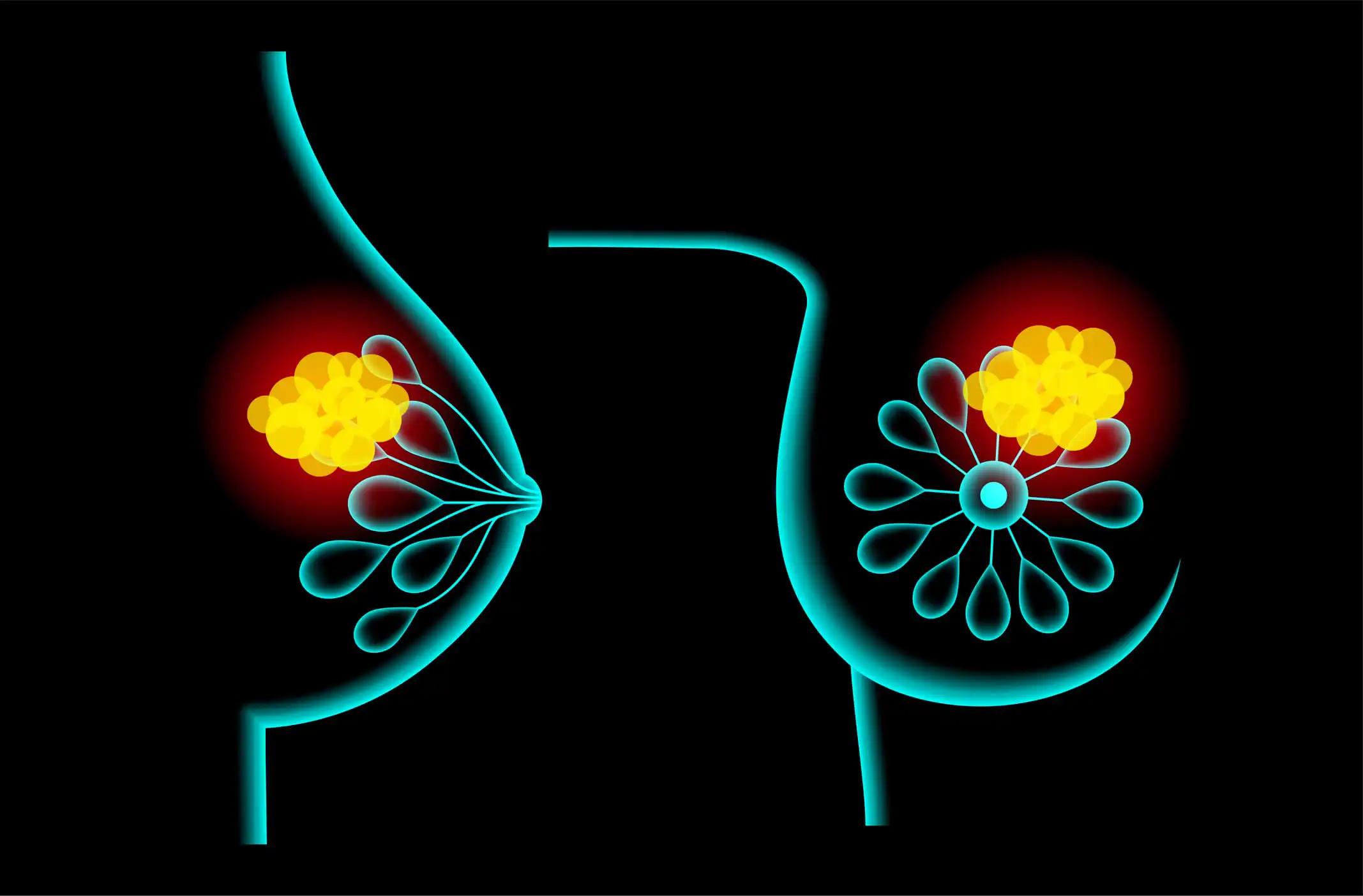KEY TAKEAWAYS
- KATHERINE Phase 3 study assessed the efficacy of adjuvant T-DM1 compared to trastuzumab in HER2+ breast cancer with residual disease following neoadjuvant therapy.
- T-DM1 reduced risk of recurrence/death by 50% compared to trastuzumab.
- High HER2 expression in residual disease was associated with worse outcomes with trastuzumab, but not T-DM1.
- Low PD-L1 expression in residual disease was associated with worse outcomes with trastuzumab, but not T-DM1.
- PIK3CA mutations were not prognostic, and increased HER2 expression variability was observed in post-NAT samples.
Patients with residual invasive breast cancer following NAT (neoadjuvant therapy) with HER2-targeted treatment and chemotherapy had a 50% lower chance of disease recurrence or death with adjuvant T-DM1 compared with trastuzumab in the KATHERINE trial. This study aimed to find biomarkers of response and see if there were any differences in how biomarkers were expressed before and after NAT.
Exploratory analyses looked at the relationship between invasive disease-free survival (IDFS) and HER2 protein expression/gene amplification, PIK3CA hotspot mutations, and gene expression of HER2, PD-L1, CD8, predefined immune signatures, and Prediction Analysis of Microarray 50 intrinsic molecular subtypes, which Absolute Intrinsic Molecular Subtyping sorted. It looked at how HER2 was expressed in samples taken before and after NAT.
Most biomarker subgroups, except the HER2 focal expression subgroup, showed that T-DM1 was better than trastuzumab for improving IDFS. High HER2 gene expression in residual disease was linked to worse outcomes with trastuzumab (HR, 2.02; 95% confidence interval [CI], 1.32–3.11), but IDFS with T-DM1 was not affected by HER2 expression level (HR, 1.01; 95% CI, 0.56–1.83). Low expression of the PD-L1 gene in the remaining cancer was linked to worse outcomes with trastuzumab (HR, 0.66; 95% CI, 0.44-1.00) but not with T-DM1 (HR, 1.05; 95% CI, 0.59-1.87).
The effects of PIK3CA mutations were not clear. When paired pre-NAT samples were compared to post-NAT models, there was more variation in how HER2 was expressed. T-DM1 seems to be able to get around HER2 resistance. The benefit of T-DM1 does not depend on activating the immune system, but these results do not rule out the possibility that the immune microenvironment of the tumor could affect the level of response.
Clinical Trial: https://clinicaltrials.gov/ct2/show/NCT01772472
Denkert C, Lambertini C, Fasching P, Pogue-Geile K, Mano M, Untch M, Wolmark N, Huang C, Loibl S, Mamounas E, Geyer C, Lucas P, Boulet T, Song C, Lewis G, Nowicka M, Haas S, Basik M. Biomarker Data From the Phase III KATHERINE Study of Adjuvant T-DM1 Versus Trastuzumab for Residual Invasive Disease After Neoadjuvant Therapy for HER2-Positive Breast Cancer. Clin Cancer Res. 2023 Feb 2:CCR-22-1989. doi: 10.1158/1078-0432.CCR-22-1989. Epub ahead of print. PMID: 36730339.



